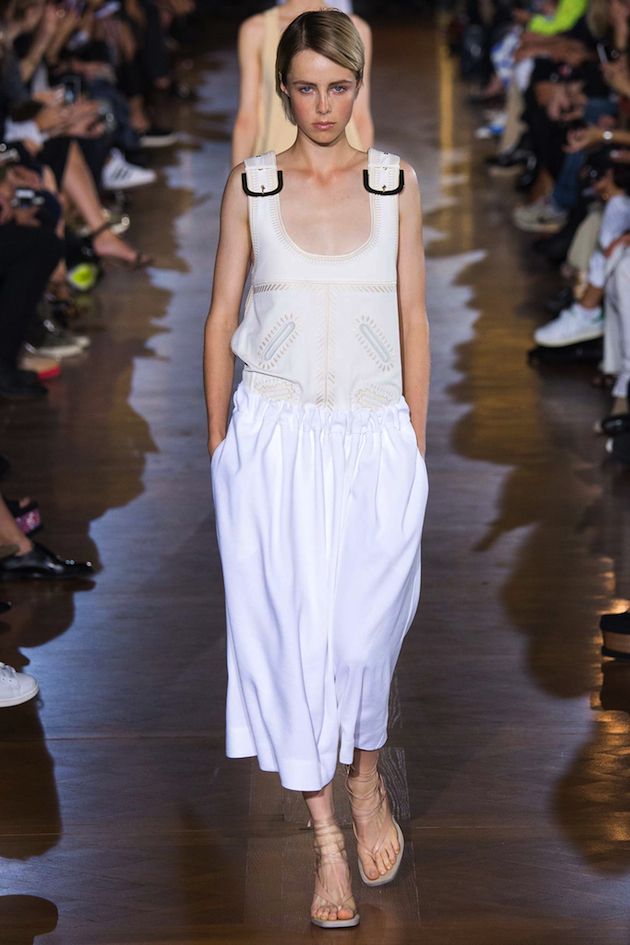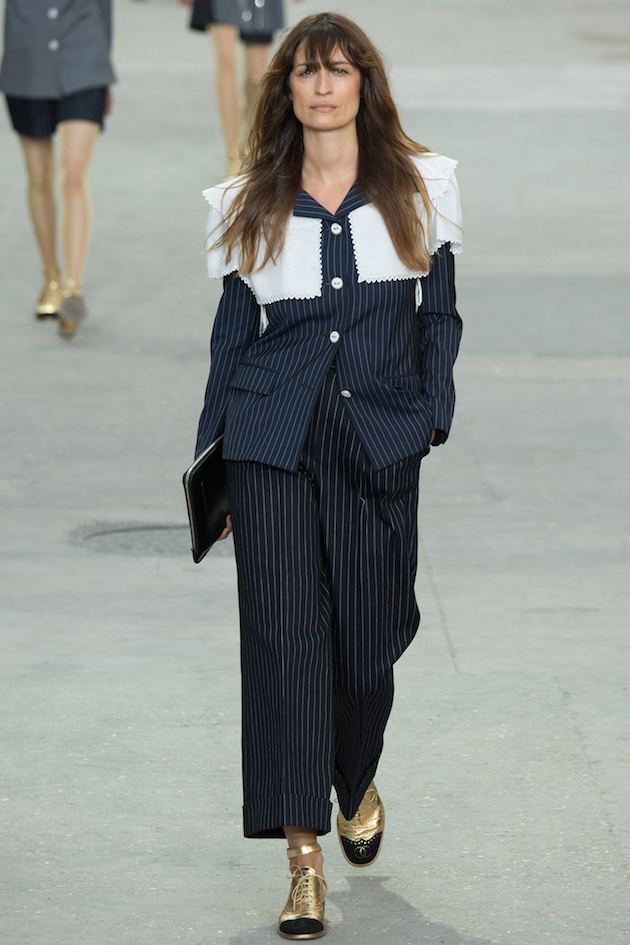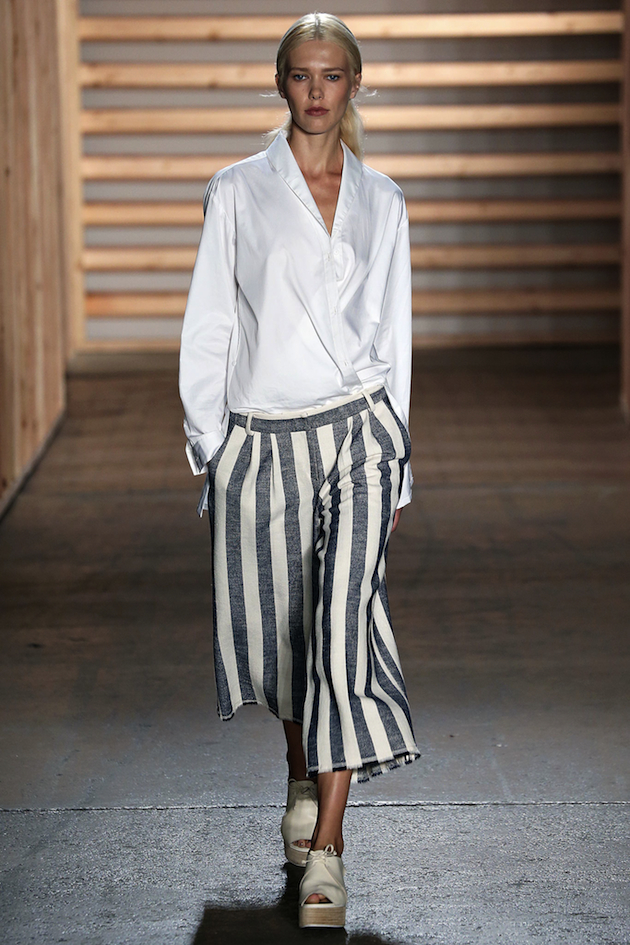
It might seem obvious, but everything that is presented as a trend doesn’t necessarily need to be embraced as a fashion necessity. On the subject of culottes, which have been spotted on the Spring/Summer runways both this season as well as the previous one, we can safely say that it’s one of those trends which are heatedly debated between Cinderella and Emperor’s new clothes camps.

Culottes were initially designed as high-class French leg-wear and their highly iconic status can be reflected in the fact that the revolutionaries who stormed the Bastille were known as sans culottes. Feminine culottes were created as a result of ladies becoming more active in the Victorian era. Even though the legs division was concealed in different ways, the garment provided women with freedom to ride both bikes and horses properly, their practicality mirroring a feminist standpoint. Elsa Schiaparelli was an early adopter of the kind of culottes you’ll find on the streets this season, definitely reminiscent of those from the 1970s.

Despite the comeback of the 1990s and the expectance of the micro-mini revival á la “Clueless”, the length most fashionistas are adopting is the middle ground – midi. As a consequence the culottes’ return to the runway is not a surprise, combining the sporty comfort with feminine grace without a hassle. This season’s interpretations were designed to fit each personality, with structured or loose fit cuts, colorful or somber patterns, with Chanel, Céline, Tibi and Stella McCartney among the fashion houses embracing the piece. Comfort has been increasingly in demand in contemporary fashion. With a growing appropriation of sporty influences, the notion of comfort has become central to design processes, where the desires and needs of individuals are the most significant guidelines of creative production, even when a historical piece like culottes is given new, original life.
Victoria Edman
